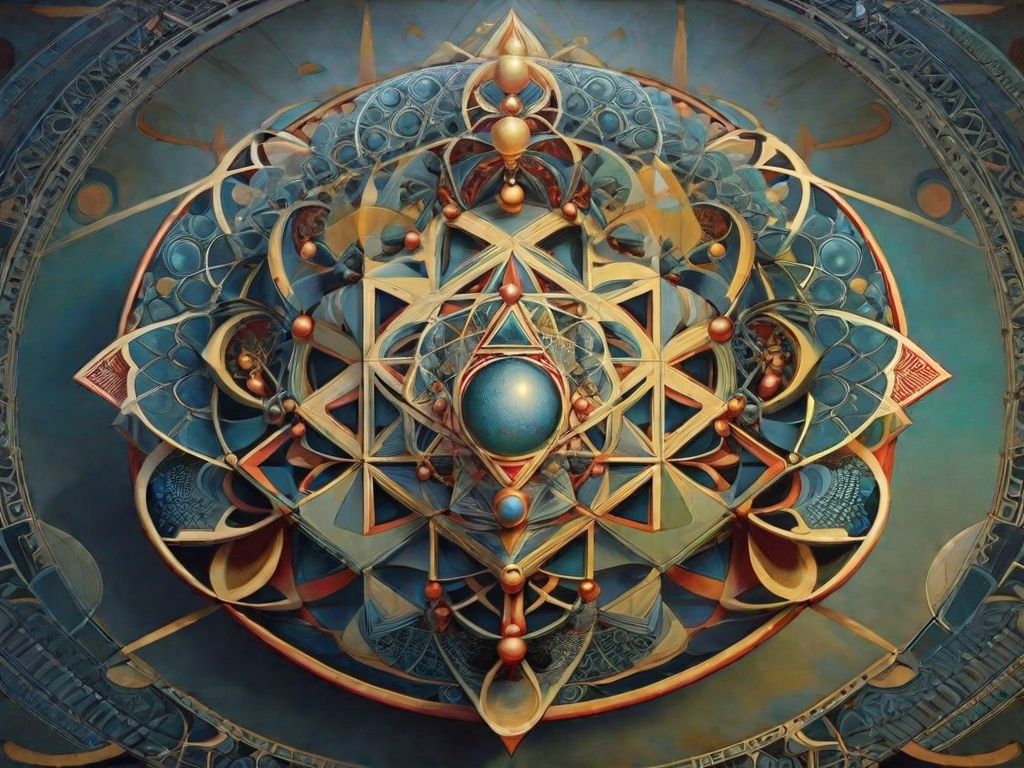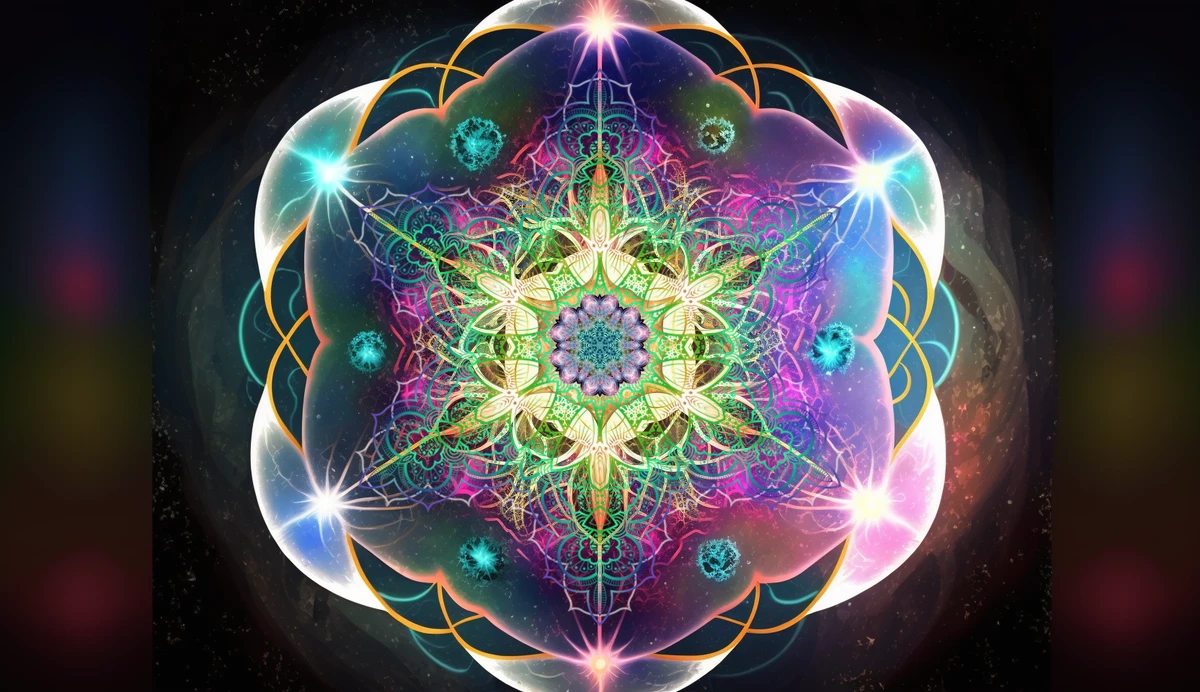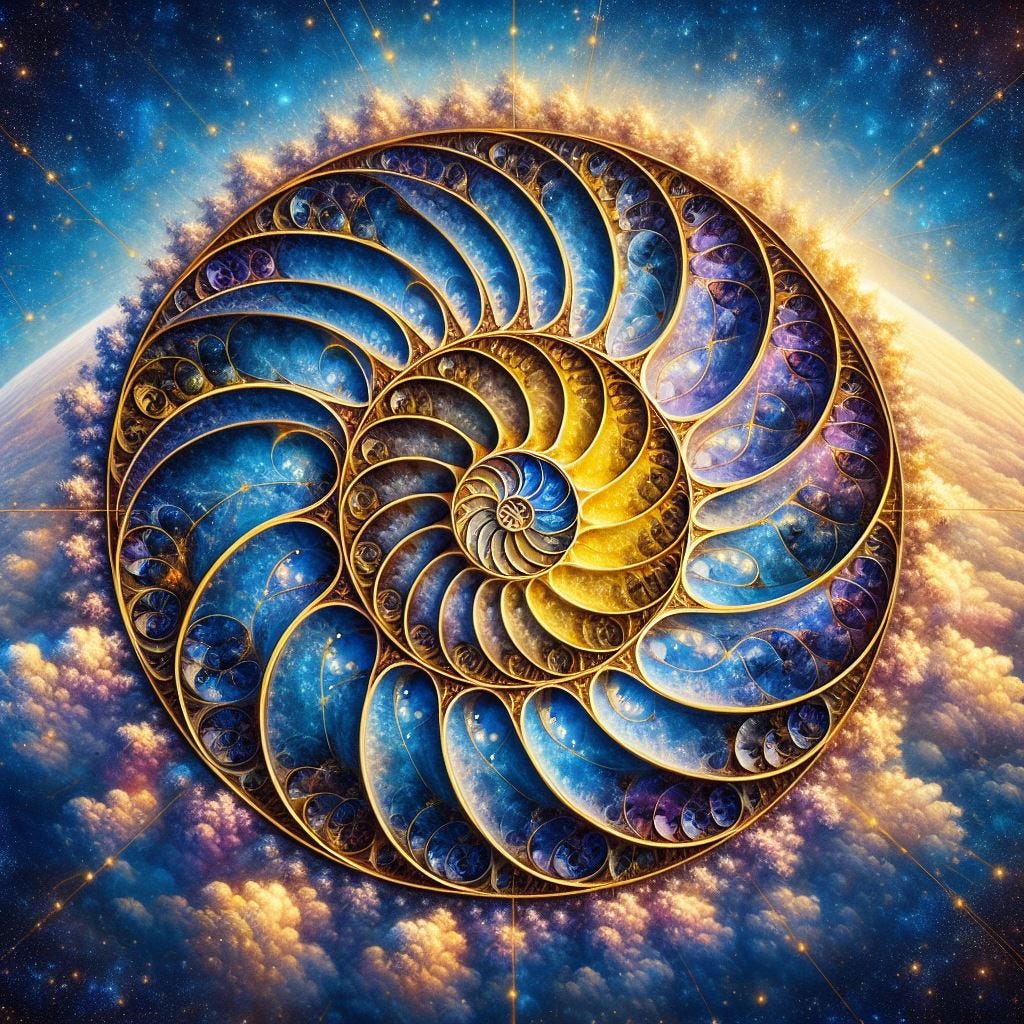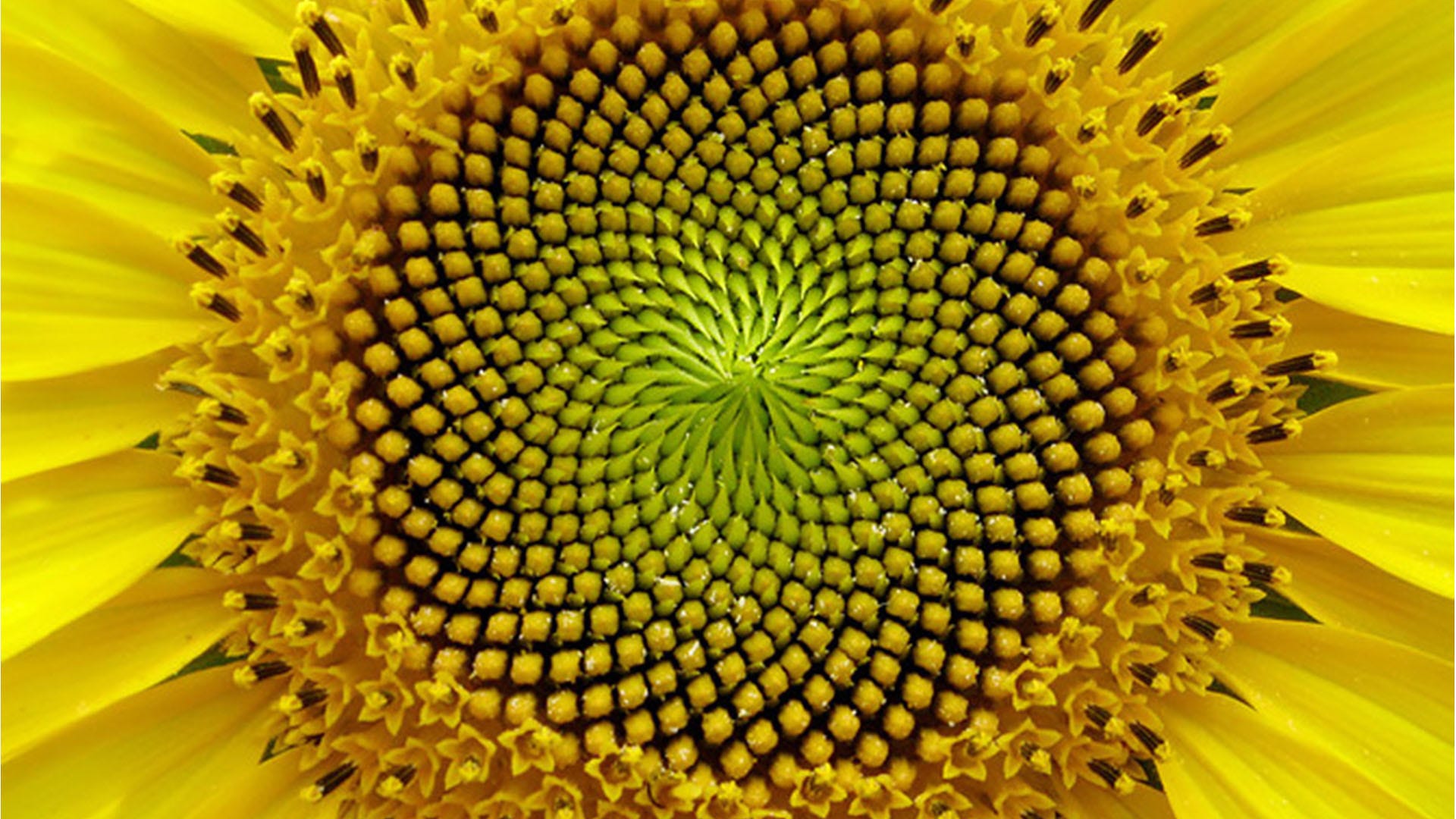Exploring Sacred Geometry: Patterns and Symbols in Nature
Have you ever looked at the intricate patterns of a seashell, the symmetry of a flower, or the symmetry in the human body and wondered about the underlying order and beauty? This curiosity often leads us into the captivating realm of sacred geometry, where patterns and symbols in nature reveal a deeper connection between mathematics, spirituality, and the natural world.
What is Sacred Geometry?
Sacred geometry is more than just a branch of mathematics; it's a belief system that explores the inherent order and harmony in the universe. It involves studying geometric shapes and patterns that are considered sacred or meaningful in various cultures and spiritual traditions. These shapes, such as the circle, square, triangle, and spiral, are not just mathematical constructs but are believed to hold symbolic and energetic significance.
Key Aspects of Sacred Geometry
1. Universal Patterns:
Sacred geometry posits that certain geometric forms are repeated throughout the universe, from the smallest atoms to the largest galaxies. These forms are believed to embody fundamental principles of creation and existence.
2. Symbolic Meanings:
Each geometric shape carries symbolic meanings across different cultures. For example, the circle represents unity and wholeness, the triangle signifies stability and balance, and the spiral symbolises growth and evolution.
3. Mathematical Precision:
Sacred geometry often involves precise mathematical ratios and proportions, such as the golden ratio (φ) and Fibonacci sequence, which appear repeatedly in nature's designs.
4. Spiritual Significance:
Many ancient civilizations, including the Egyptians, Greeks, and Native Americans, integrated sacred geometry into their art, architecture, and spiritual practices. They believed that by understanding these geometric principles, they could connect with divine energies and attain higher states of consciousness.
Relevance of Sacred Geometry Today
In modern times, sacred geometry continues to inspire artists, architects, scientists, and spiritual seekers alike. Here are a few reasons why it remains relevant:
Art and Architecture:
Sacred geometry influences architectural design, sacred spaces like temples and cathedrals, and modern art forms. Artists often use geometric patterns to evoke a sense of harmony and transcendence in their work.
Healing and Meditation:
Some practitioners believe that meditating on sacred geometric shapes can promote healing, balance chakras (energy centres), and enhance spiritual awareness.
Scientific Exploration:
Scientists study geometric patterns in nature to understand phenomena like crystal formation, fractals in biology, and the structure of galaxies. The Fibonacci sequence, for instance, appears in the growth patterns of plants and the arrangement of leaves.
Examples and Anecdotes
The Flower of Life:
Found in ancient temples and manuscripts worldwide, the Flower of Life is a geometric pattern composed of multiple evenly-spaced, overlapping circles. It symbolizes the interconnectedness of all life and the unity of creation.
Mandala Art:
In Hindu and Buddhist traditions, mandalas are intricate geometric designs used for meditation and spiritual practice. Each element of a mandala is carefully placed to represent aspects of the universe, self, or deity.
Islamic Art:
Islamic geometric patterns, seen in mosques and Islamic art, are renowned for their complex symmetry and symbolic meanings. These patterns often reflect the infinite nature of Allah and the interconnectedness of creation.
Conclusion
Sacred geometry invites us to see beyond the surface of shapes and patterns, encouraging us to explore the hidden order and beauty woven into the fabric of the universe. Whether you're fascinated by the mathematical precision, spiritual depth, or artistic expression, delving into sacred geometry unveils a world where science and spirituality converge. Next time you encounter a seashell's spiral or gaze at the stars, take a moment to ponder the intricate geometry that binds us to nature's grand design. Embrace the mystery, and let sacred geometry inspire you to see the world with new eyes.
Would you like to explore more about sacred geometry or have any questions about its applications in different fields? Feel free to share your thoughts and let's continue this journey together into the fascinating realm of patterns and symbols in nature.







Comments
Post a Comment